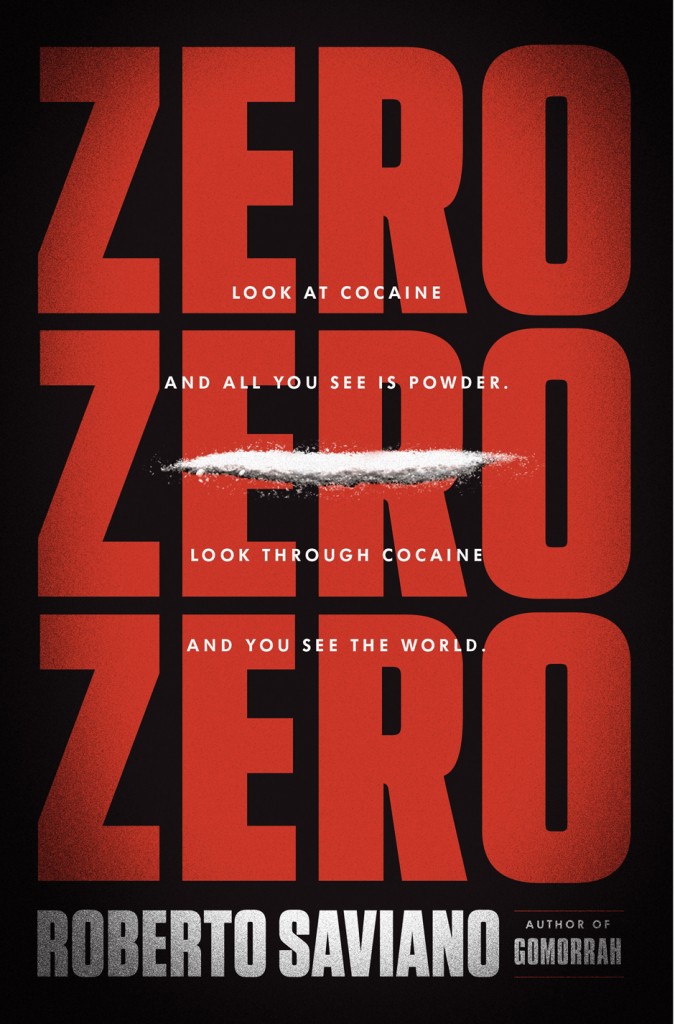
The Sinaloa cartel is hegemonic. In Sinaloa, drugs provide jobs for everyone. Entire generations have fed themselves thanks to drugs. From peasants to politicians, police officers to slackers, the young and the old. Drugs need to be grown, stocked, transported, protected. In Sinaloa, all who are able are enlisted. The cartel operates in the Golden Triangle, and with over 160 million acres under its control, it’s the biggest cartel in all of Mexico. It manages a significant slice of U.S. cocaine traffic and distribution. Sinaloa narcos are present in more than eighty American cities, with cells primarily in Arizona, California, Texas, Chicago, and New York. They distribute Colombian cocaine on the American market. According to the Office of the United States Attorney General, between 1990 and 2008 the Sinaloa cartel was responsible for the importation and distribution of at least two hundred tons of cocaine, as well as vast quantities of heroin, into the United States.
Until El Chapo’s arrest in 2014, Sinaloa was his realm and he was viewed in the United States as having a significance akin to a head of state. Coke, marijuana, amphetamines: Most of the substances that Americans smoke, snort, or swallow have passed through his men’s hands. From 1995 to 2014 he was the big boss of the faction that emerged from the ashes of the Guadalajara clan after the Big Bang in 1989. El Chapo, aka Shorty, five feet five inches of sheer determination.
El Chapo didn’t lord it over his men, didn’t dominate them physically; he earned their trust. His real name is Joaquín Archivaldo Guzmán Loera, born on April 4, 1957, in La Tuna de Badiraguato, a small village with a few hundred inhabitants in the Sierra Madre mountains in Sinaloa. Like every other man in La Tuna, Joaquín’s father was a rancher and farmer, who raised his son on beatings and farmwork.
These were the years of opium. El Chapo’s entire family was involved: a small army devoted to the cultivation of opium poppies, from dawn to dusk. El Chapo started at the bottom: Before he was allowed to follow the men along impassable roads to the poppy fields he had to stay at his mother’s side and bring his older brothers their lunch. One kilo of opium gum brought in eight thousand pesos for the family, the equivalent of seven hundred dollars today. The head of the family had to get the gum into the next step of the chain. And that step meant a city, maybe even Culiacán, the capital of Sinaloa. No easy feat if you’re merely a farmer, but easier if the farmer in question, El Chapo’s father, is related to Pedro Avilés Pérez—a big-shot drug lord. The young El Chapo, having reached the age of twenty, began to see a way out of the poverty that had marked the lives of his ancestors.
At that time it was El Padrino, Miguel Ángel Félix Gallardo, who ruled in Sinaloa: Together with his partners, Ernesto “Don Neto” Fonseca Carrillo and Rafael Caro Quintero, he controlled the coming and going of every drug shipment in Mexico. Joining the organization was a natural step for the young El Chapo, as was accepting his first real challenge: handling the drugs from the fields to the border. If you want to get to the top, you can’t take pity if someone makes a mistake, you can’t back down when underlings make excuses for not keeping to the schedule. If there was a problem, El Chapo eliminated it. If a peasant was enticed by someone with a fatter wallet, El Chapo eliminated him. If a driver with a truckload of drugs got drunk and didn’t deliver his shipment the next morning, El Chapo eliminated him. Simple and effective.
El Chapo soon proved himself trustworthy, and in a few years’ time he was one of the men closest to El Padrino. He learned many things from El Padrino, including the most important one: how to stay alive as a drug trafficker. Just like Félix Gallardo, in fact, El Chapo lived a quiet life, not too ostentatious, not too many frills. El Chapo married four times and fathered nine children, but he never surrounded himself with hordes of women.
When El Padrino was arrested and the race to find an heir began, El Chapo decided to remain loyal to his mentor. He was methodical, and didn’t flaunt his power. He wanted to keep his family beside him, wanted his blood bonds to be his armor. He moved from Sinaloa to Guadalajara, the last place El Padrino lived before his arrest, while he based his organization in Agua Prieta, a town in the state of Sonora, convenient because it borders the United States. El Chapo remained in the shadows, and from there he governed his rapidly growing empire.
Whenever he traveled, he did so incognito. People would say they’d spotted him, but it was true only one time out of a hundred. El Chapo and his men used every form of transport available to get drugs into the United States. Planes, trucks, railcars, tankers, cars. In 1993 an underground tunnel was discovered, nearly fifteen hundred feet long, 65 feet belowground. Still incomplete, it was going to connect Tijuana to San Diego.
These were years of settling scores against rivals, of escapes and murders. On May 24, 1993, Sinaloa’s rival cartel, Tijuana, recruited some trustworthy killers to strike at the heart of the Sinaloa cartel. Two important travelers were expected at the Guadalajara airport that day: El Chapo Guzmán and Cardinal Juan Jesús Posadas Ocampo, who, as archbishop of the city, had railed constantly against the drug lords’ power. The killers knew that El Chapo was traveling in a white Mercury Grand Marquis, a must for drug barons. The cardinal was in a white Mercury Grand Marquis as well. The Tijuana hit men started shooting at what they believed to be the boss of Sinaloa’s car, and others—El Chapo’s bodyguards, maybe—returned fire. The airport parking lot suddenly became hell. The shoot-out left seven men dead, among them Cardinal Posadas Ocampo, while El Chapo managed to escape, unscathed. For years people wondered if the killers really wanted to eliminate the inconvenient cardinal, or if chance had merely played a bad joke on Posadas Ocampo that morning. It was only recently that the FBI declared the killing a tragic case of mistaken identity.
See the Path El Chapo Used to Get Out of Prison
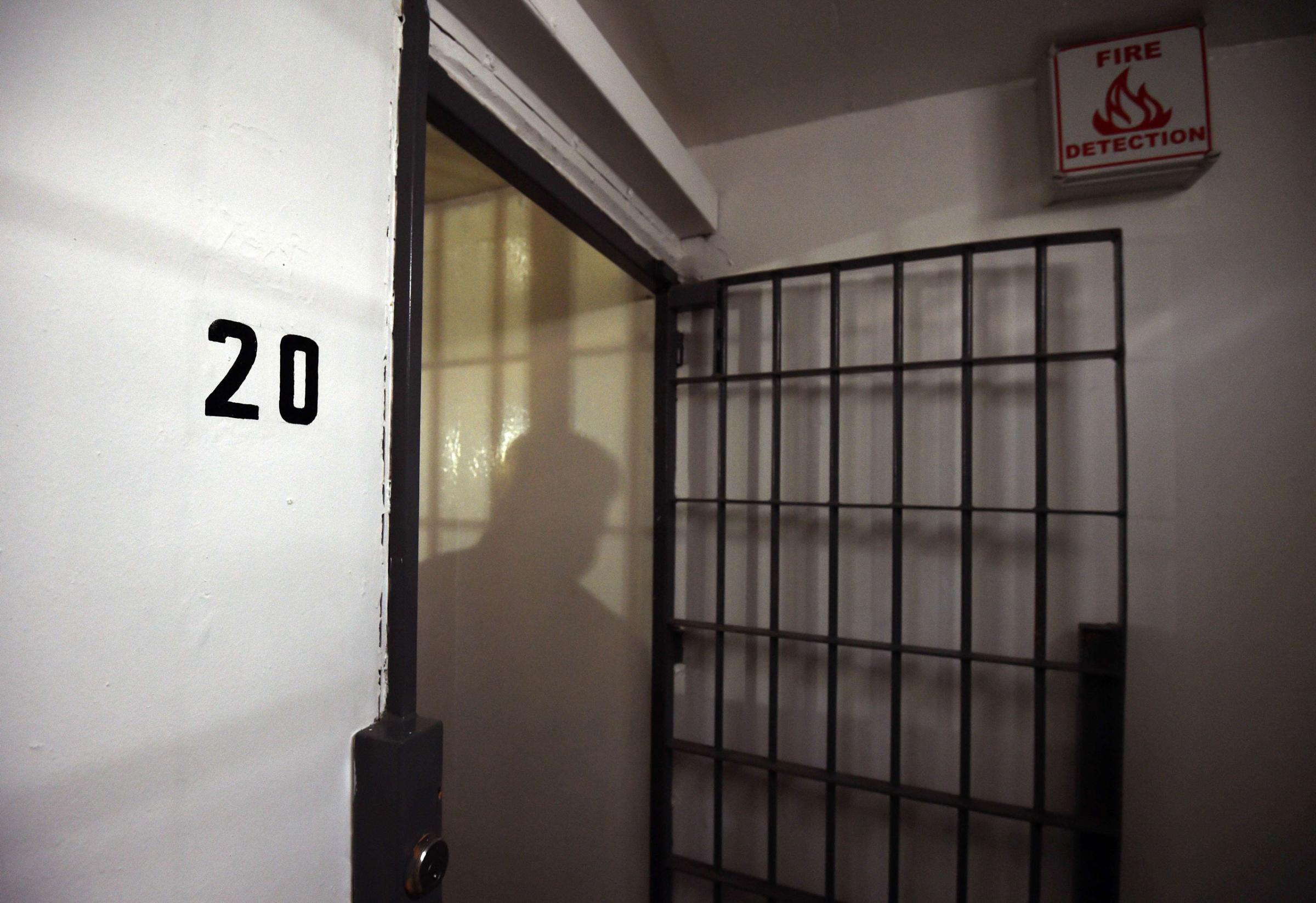

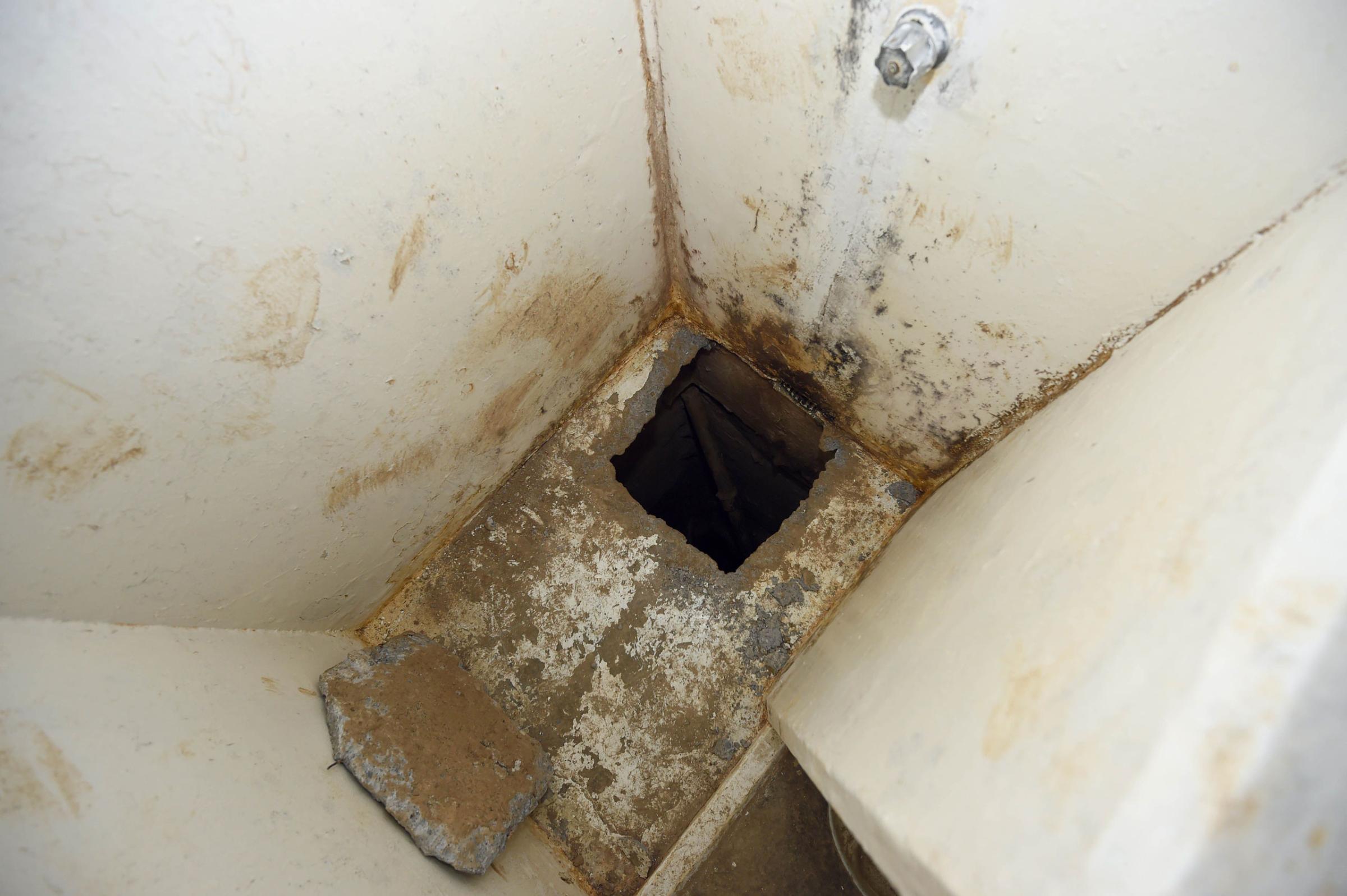

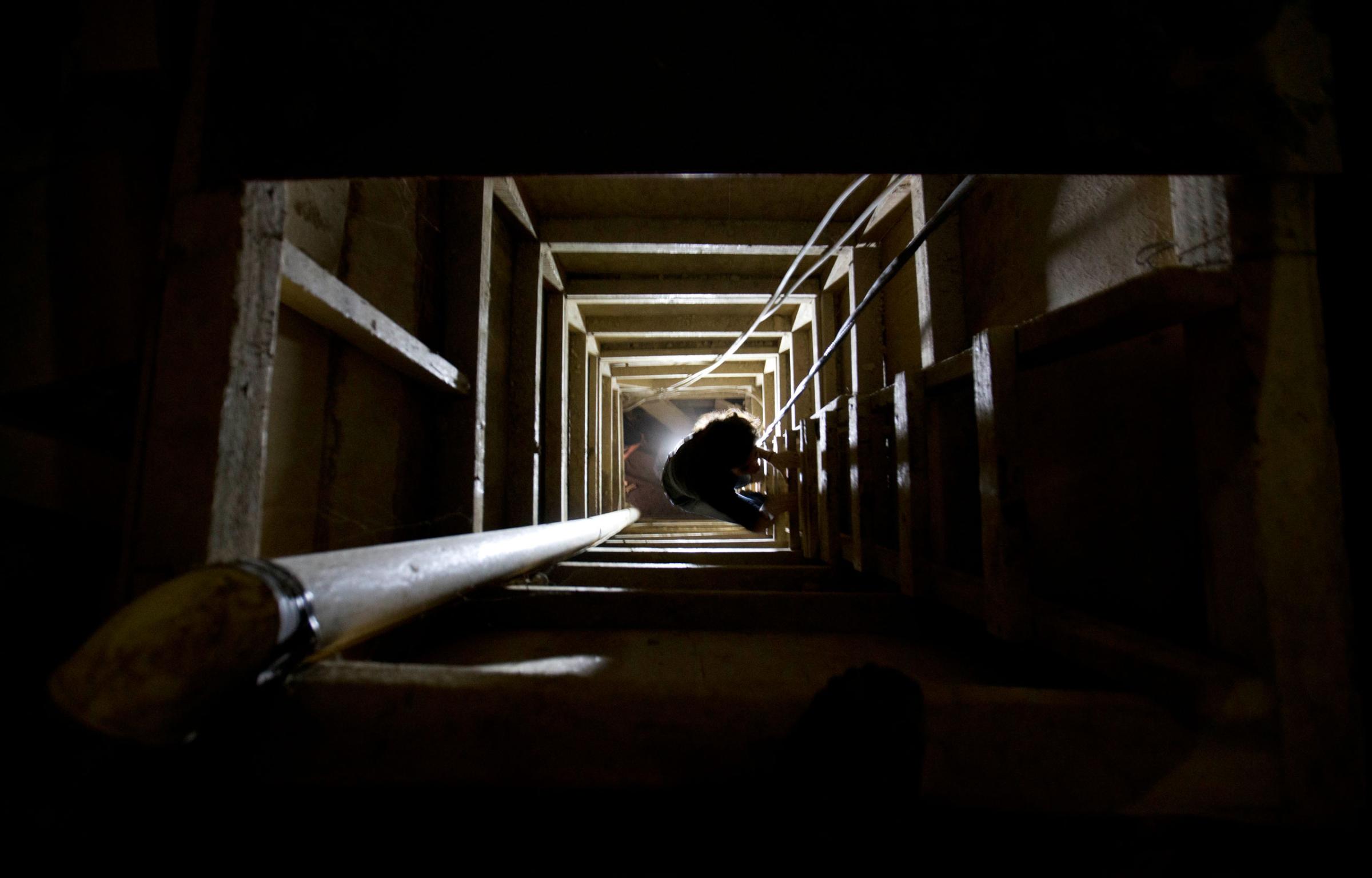


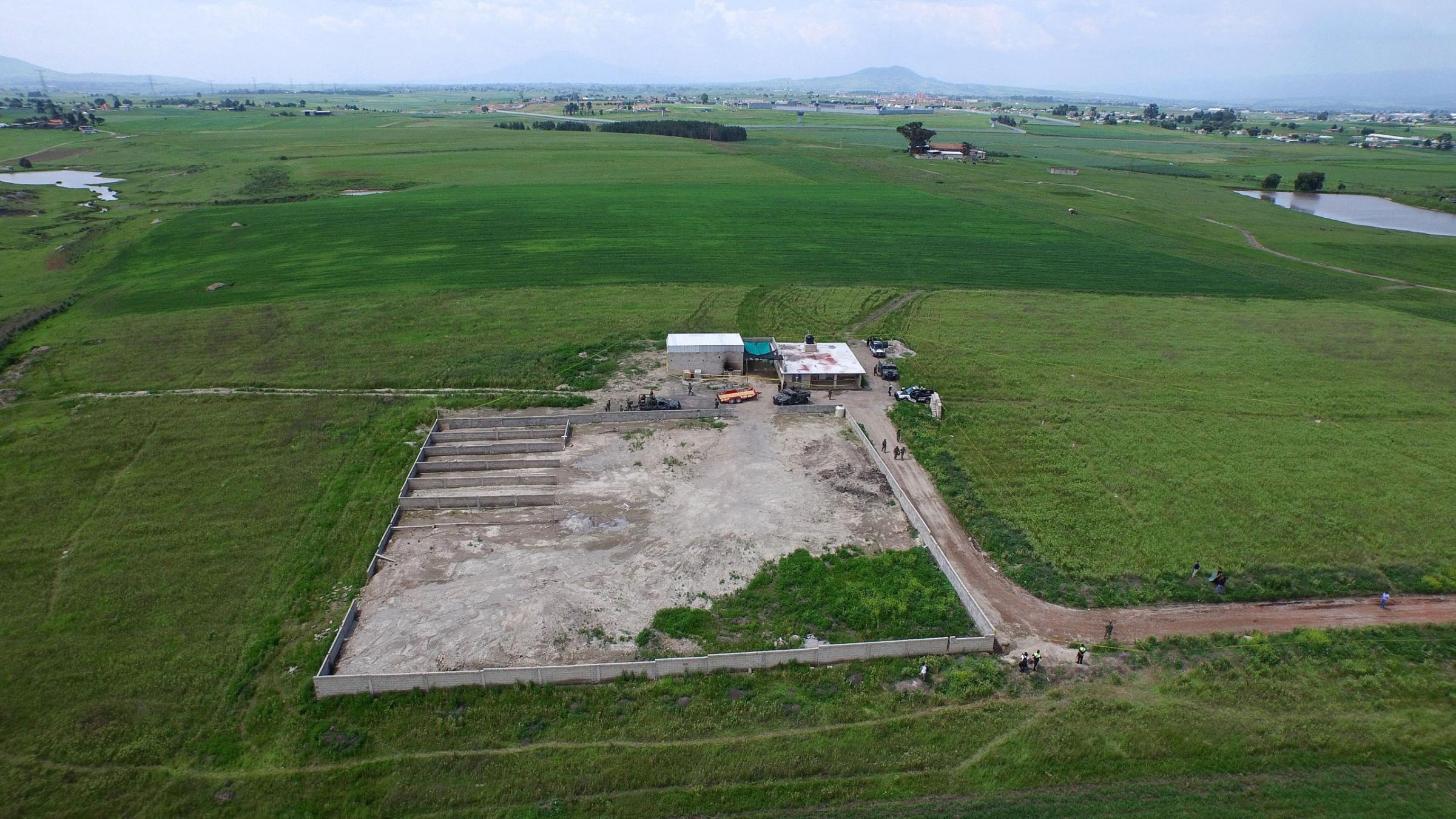
El Chapo was arrested on June 9, 1993. He continued to manage his affairs from prison with scarcely a hitch. The maximum security prison Puente Grande, where he was transferred in 1995, became his new base of operations. After eight years, however, El Chapo could no longer afford to remain behind bars: The Supreme Court had approved a law making it much easier to extradite narcos to the United States. American incarceration would mean the end of everything. So El Chapo chose the evening of January 19, 2001. The guards were bribed handsomely.
One of them—Francisco Camberos Rivera, known as El Chito, or the Silent One—opened the door to El Chapo’s cell and helped him climb into a cart of dirty laundry. They headed down unguarded hallways and through wide-open electronic doors to the inner parking lot, where only one guard was on duty. El Chapo jumped out of the cart and leaped into the trunk of a Chevrolet Monte Carlo. El Chito started it up and drove him to freedom.
El Chapo became everybody’s hero, a legend. He kept on running his cartel with the help of his closest collaborators: Ismael Zambada García, known as El Mayo; Ignacio Coronel Villarreal, known as Nacho, who was killed on July 29, 2010, during a raid by the Mexican military; and his adviser, Juan José Esparragoza Moreno, who was known as El Azul, or Blue, because of his dark complexion. These men were the undisputed princes of Mexican drug trafficking for about a decade after the Sinaloa cartel was founded in 1989.
Roberto Saviano is the author of Gomorrah: A Personal Journey into the Violent International Empire of Naples’s Organized Crime System and has lived under police protection since its publication in 2006. His new book, ZeroZeroZero, about the global cocaine trade, is out this month.
From ZeroZeroZero by Roberto Saviano. Reprinted by arrangement with Penguin Press, a member of Penguin Group (USA) LLC, A Penguin Random House Company. Copyright © Roberto Saviano, 2015.
Read next: 5 Things You Didn’t Know About El Chapo
Download TIME’s mobile app for iOS to have your world explained wherever you go
More Must-Reads From TIME
- The 100 Most Influential People of 2024
- The Revolution of Yulia Navalnaya
- 6 Compliments That Land Every Time
- What's the Deal With the Bitcoin Halving?
- If You're Dating Right Now , You're Brave: Column
- The AI That Could Heal a Divided Internet
- Fallout Is a Brilliant Model for the Future of Video Game Adaptations
- Want Weekly Recs on What to Watch, Read, and More? Sign Up for Worth Your Time
Contact us at letters@time.com